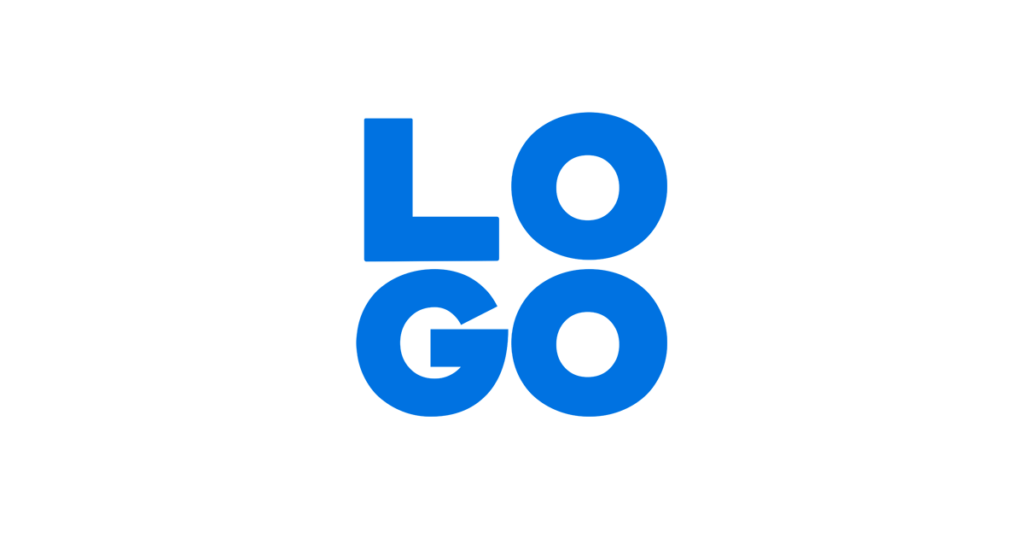Real estate branding is important to impress potential clients. In 2024, it is a crucial factor for a career in real estate, as buyers and sellers look for professionals who take their business seriously. Trust in marketing homes is built when you prioritize your branding.
In this guide, we’ll walk you through step-by-step instructions on how to build the perfect brand. While we do cover the differences between branding for individuals, teams, and brokerages, the basic steps outlined here will work for the real estate business.
How Agents, Teams, & Brokerages Build Effective Real Estate Brands In 2024
While there are many different ways to build your brand, in this guide we’re going to focus on how a professional design or branding firm like Pentagram would approach the problem. Luckily, there’s a pretty simple formula you can use to create your own effective strategy:
What Your Potential Clients Like + What You Like + What Makes Your Company Great = Your Brand
While it may seem too good to be true, this formula requires significant effort to succeed. Neglecting or disregarding your branding will result in your target audience forming their own perception of your brand. If you don’t actively brand your business, others will do it for you.
Okay, now that you know a little more about what goes into creating a real estate brand, let’s dig a little deeper into the process and general marketing plan. If you follow the six steps below, you can start building the brand that lasts.
Step 1. Gather Information About Your Geographic Farm
To build your brand, understand your audience- those who will highly value your services. For Real Estate Professionals, focus on people in your geographic farm area. By tailoring your branding to them, you increase the chances of positive response and hiring.
Many agents and brokerages fail to identify their target market before making branding decisions. To avoid this mistake, gather extensive research on your farm area for both buyers and sellers.
- The median household income, and income distributions
- The median age
- Marital status
- What types of homes dominate the area
- The cultural history of the area
- Popular local pastimes
- Political leanings: is the area primarily conservative or progressive?
You can gather information from census reports, government databases, Wikipedia, or personal experiences. Despite being considered outdated, this approach is still valuable. Remember, the goal is to understand your target audience’s preferences, so don’t focus too much on finding precise numbers.
Next, you’re going to try and put all this data together to come up with what advertising professionals call a “buyer persona”. Basically a fancy way of answering the question of who your farm area would be if they were one person.
Step 2: Use The Data On Your Geographic Farm To Create Buyer & Seller Personas
To brand your farm effectively, create personas for buyers and sellers. This step is important as it helps guide decisions like naming your team, creating a slogan, or designing a logo. When considering options, keep these personas in mind, even giving them names to personalize the process. This way, you can evaluate choices by asking yourself, “What would Jennifer think of this logo?”
Here’s an example of a buyer persona you might create if your farm area is in San Diego:
- Location: Lives in or is relocating to San Diego.
- Age: 30-45
- Combined Income: $150,000+ per year
- Home buying experience: First-time homebuyers or relocation clients from out of state
- Family size: Small family
- Common Interests/hobbies: Youth soccer, sailing, boating, outdoor activities, cultural activities, antiques, arts and crafts homes in Coronado
- Interested in: 3 bedrooms plus home $500,000+
- Political affiliation: Leans Democratic
Here’s an example of what you might come up with for a seller persona:
- Location: Owns property in San Diego
- Age: 60-72
- Combined income: $100,000+
- Home selling experience: First-time sellers/Second-time sellers
- Family size: retired
- Common Interests: Antiques, boating, sailing,
- Political affiliation: Leans conservative
Step 3: Outline Your Value Add: Why Should Someone Hire You Instead Of Another Agent Or Team?


Okay, now that you have a better understanding of who your audience is and what they might like, it’s time to outline your value add. Why should a buyer choose you to help them find a home? Why should a seller choose you to sell their home for top dollar?
If you’re a new agent or just started your first team, these may not be easy questions to answer. Don’t worry though. You’re not the first new agent or team to have this problem, and your successful co-workers are proof positive that there are creative ways to answer them. Here are some ideas to get you started:
- Are you tech savvy?
- Do you have great marketing skills?
- Do you have great closing skills?
- Do you have a great network of agents, lenders, or contractors?
- How many deals have you closed?
- Do you specialize in a small neighborhood?
- How well do you know the neighborhood?
- Are you a master of Facebook advertising?
- Do you have a great eye for design?
- Do you have a professional background or skills that can help your clients?
- How long have you worked in the industry?
- What’s your work ethic like?
- Are you a data-oriented person? Great at crunching numbers?
- Do you have strong organizational skills?
List your strengths and skills for your local area. Rank them in order of importance. When building your brand, prioritize the top five skills and strengths in your real estate bio.
Step 4: Analyze The Top Competitors In Your Farm Area
Now that you know your target audience and your strengths, analyze the competition. Look at top agents, teams, and brokerages in your area. Focus on their business name, logo, and slogan. How is their branding? What are they doing wrong? What can you learn from them for your own branding?
To simplify, take screenshots of websites, save logos, and copy slogans to a document. Compare them to identify similarities and create a unique brand. For instance, if most local brands are traditional despite changing demographics, consider a new approach.
Step 5: Turn Your Research Into Action & Start Building Your Brand
Now, you’ve gathered info on your area, assessed your skills, strengths, and competition. Time to put it all into practice and build your brand. Focus on these four main things in the coming weeks.
1. Naming Your Company
Choosing the right name for your business is essential. It will be used in all your communication, advertising, and marketing efforts, and will also appear on legal documents and your online presence.
Naming your company doesn’t have to be complicated. A simple formula is using your name + a real estate term. This works well in any market.
2. Writing A Slogan
While you don’t really need a slogan, having an effective one can be extremely useful for your brand. A slogan will be a quick, memorable way for your audience to learn something about your brand.
3. Creating a Logo


Once you have a company name, the next step is to determine how to showcase it to your market. Although your logo will be smaller, it should still appear on ads, business cards, website, and social media for maximum exposure.
To create a successful logo for your brand, it’s best to hire a professional designer. Just like professional listing pictures, a professional graphic designer can make a significant difference. If you lack skills in real estate graphic design, it’s recommended to hire a professional to generate creative marketing ideas for you.
DesignBro offers unique branding options through competitions among professional designers. They provide a diverse range of brand identity options, including logo, business card, letterhead, envelope, and compliment note/slips design.
Step 6: Apply Your New Branding To Your Marketing Materials
Once you’ve found that perfect branding concept, it’s time to apply it all of your marketing materials. This includes both web-based mediums, such as your website, Zillow profile, Facebook page, etc. as well as print mediums, like your yard signs, business cards, flyers, and more.
Why Building A Brand Is Important
Let’s face it, building a brand is very hard work. Like all creative endeavors, there are professionals who devote their entire careers to creating brands for businesses large and small. If they do their jobs correctly, it can sometimes appear like they didn’t do much work at all.
That said, the hard work that goes into building a brand can have a great ROI. Here’s Marc Davison, Chief Creative at a branding firm 1000Watt on the ROI that a great brand can have for your business:
Without branding, you’ll have what your competitors have and be seen as similar. But with a successful brand, you’ll stand out, lead, gain fans, and bring clarity and satisfaction to your customers.
Yes. Branding is hard work. But that work can help you close more deals and make more money. Even if you fail at creating a great brand, just going through the process will give you valuable insight into your business and your place in the market.
Effective Real Estate Branding Examples
We spoke to successful real estate agencies, Phillia and Claire and Klara Madlin, who recently re-designed their brands. They highlight their unique approaches and personality traits.
Below we share their stories:
Team Branding Example: Phillia and Claire
“Slogan: Real Estate Magic.
Specialty: Luxurious Rentals & Sales in NYC.
Building the brand: Claire and I, with a fashion background, launched boutique fashion lines. Our brand image is sophisticated, cool, unique, friendly, and warm. Our name, a combination of two beautiful names, and our logo, an Icosahedron, reflect our love for science, art, and spirituality, representing feminine creative power.”
Brokerage Branding Example: Klara Madlin
Slogan: “Real Estate for Real People”
Specialty: Middle-market homes
Brand-building: Working with a branding company, Decker Design, they focused on their unique approach of providing personalized service to everyday New Yorkers. They adopted the slogan “Real Estate for Real People” and incorporated the color red into their website, brochures, ads, and business cards.
The Bottom Line
Even though real estate branding can require a lot of work, it’s well worth the effort. An effective brand that you can use across your online and offline marketing and advertising materials will have an excellent ROI.




















Leave a Reply
View Comments